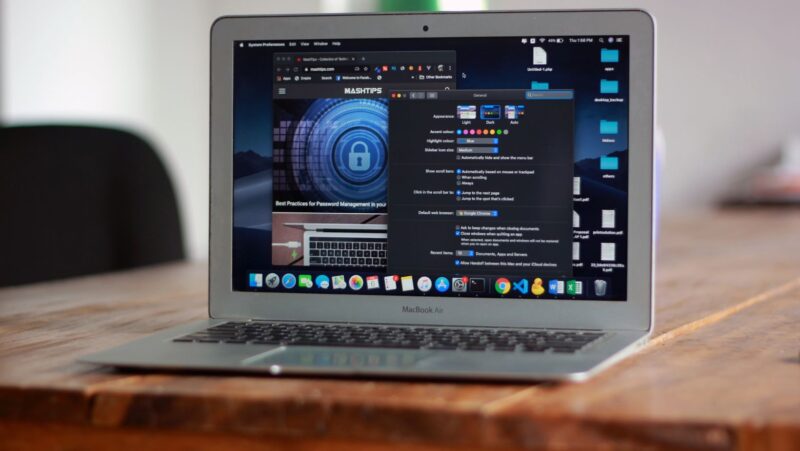
In today’s world, digital security is more important than ever. With every passing day, new threats to our personal information, financial data, and critical infrastructure emerge. To combat these threats, experts in cybersecurity have developed innovative ways to protect us. One of the most effective methods is the use of Cyber Fusion Centers. This article will explore what Cyber Fusion Centers are, how they work, and why they are essential for securing our future.
What is a Cyber Fusion Center?
A Cyber Fusion Center (CFC) is a specialized facility where cybersecurity experts work together to detect, analyze, and respond to cyber threats. Unlike traditional security operations centers that focus mainly on monitoring and responding to incidents, Cyber Fusion Centers aim to be proactive. They combine data from various sources, analyze it comprehensively, and develop strategies to prevent attacks before they happen.
The Need for Cyber Fusion Centers
Increasing Cyber Threats
The digital age has brought many conveniences, but it has also made us more vulnerable to cyber threats. Hackers and cybercriminals are becoming more sophisticated, using advanced techniques to breach security systems. These threats can target anyone, from individuals to large corporations and even governments. The increasing complexity and frequency of cyber attacks make it clear that traditional methods of defense are no longer sufficient.
The Cost of Cyber Attacks
Cyber attacks can have devastating consequences. For businesses, they can result in significant financial losses, damage to reputation, and loss of customer trust. For individuals, they can lead to identity theft, financial fraud, and loss of personal data. Governments and critical infrastructure, such as power grids and healthcare systems, are also at risk, which can have far-reaching impacts on national security and public safety.
Need for Proactive Measures
Given the high stakes, it is crucial to not only react to cyber threats but also to anticipate and prevent them. This is where Cyber Fusion Centers come in. By integrating various functions and using advanced technologies, they provide a holistic approach to cybersecurity.
How Cyber Fusion Centers Work
Integration of Functions
Cyber Fusion Centers integrate multiple functions under one roof. This includes threat intelligence, incident response, digital forensics, and more. By bringing together experts from different fields, Cyber Fusion Centers ensure that all aspects of a cyber threat are addressed.
Threat Intelligence
One of the key components of a Cyber Fusion Center is threat intelligence. This involves collecting and analyzing data from various sources to identify potential threats.

Sources can include everything from open-source information on the internet to private threat databases. By understanding the tactics, techniques, and procedures (TTPs) used by cybercriminals, Cyber Fusion Centers can predict and prevent attacks.
Incident Response
When a cyber attack occurs, quick and effective response is crucial. Cyber Fusion Centers have dedicated teams that are trained to handle incidents promptly. They work to contain the attack, mitigate damage, and restore normal operations as quickly as possible. By having a coordinated response plan, they minimize the impact of an attack.
Digital Forensics
After an attack, it is important to understand how it happened to prevent future incidents. Digital forensics involves investigating the attack to identify the perpetrators, their methods, and the extent of the damage. This information is used to improve security measures and prevent similar attacks in the future.
Advanced Technologies
Cyber Fusion Centers use advanced technologies such as artificial intelligence (AI) and machine learning to enhance their capabilities. These technologies can analyze large amounts of data quickly and identify patterns that humans might miss. For example, AI can detect unusual network activity that could indicate a cyber attack. By leveraging these technologies, Cyber Fusion Centers can stay ahead of cybercriminals.
The Evolution of Cyber Fusion Centers
Early Days of Cybersecurity
In the early days of cybersecurity, efforts were mainly focused on reactive measures. Security teams would respond to incidents as they occurred, often working in isolation. This approach had significant limitations, as it did not allow for comprehensive threat analysis or proactive measures.
Emergence of Security Operations Centers
To improve coordination and efficiency, many organizations established Security Operations Centers (SOCs). SOCs brought together security professionals to monitor networks, detect threats, and respond to incidents. While this was a significant improvement, SOCs primarily focused on reacting to threats rather than preventing them.
The Rise of Cyber Fusion Centers
The need for a more proactive approach led to the development of Cyber Fusion Centers. Unlike SOCs, Cyber Fusion Centers integrate various functions and emphasize collaboration and intelligence sharing. This allows them to not only detect and respond to threats but also to anticipate and prevent them.
Continuous Improvement
Cyber Fusion Centers are constantly evolving to keep up with the ever-changing threat landscape. They continuously update their technologies, methodologies, and practices to stay ahead of cybercriminals. This commitment to continuous improvement is what makes them so effective.
Benefits of Cyber Fusion Centers
Comprehensive Threat Analysis
By integrating multiple functions and using advanced technologies, Cyber Fusion Centers provide a comprehensive analysis of cyber threats. This enables them to understand the full scope of an attack and develop effective countermeasures.
Proactive Defense
One of the biggest advantages of Cyber Fusion Centers is their ability to anticipate and prevent attacks. By analyzing threat intelligence and identifying patterns, they can take proactive measures to protect against potential threats.

Learn more about how a cyber fusion center integrates threat intelligence with response strategies to strengthen cybersecurity defenses.
Faster Incident Response
When an attack does occur, Cyber Fusion Centers can respond quickly and effectively. Their coordinated approach ensures that all aspects of the incident are addressed, minimizing damage and restoring normal operations as soon as possible.
Enhanced Collaboration
Cyber Fusion Centers promote collaboration between different teams and organizations. This allows for better information sharing and a more coordinated response to threats. By working together, they can develop more effective strategies to combat cybercrime.
Adaptability
The constantly evolving nature of cyber threats requires an adaptable approach. Cyber Fusion Centers are designed to be flexible and can quickly adjust their strategies and technologies to address new challenges.
Challenges and the Future
Keeping Up with Emerging Threats
One of the biggest challenges for Cyber Fusion Centers is keeping up with the rapid pace of technological change. As cybercriminals develop new methods, Cyber Fusion Centers must continually update their capabilities to stay ahead.
Talent Shortage
There is a significant shortage of skilled cybersecurity professionals. This makes it difficult for Cyber Fusion Centers to find and retain the talent they need. Investing in education and training is crucial to address this issue.
Balancing Privacy and Security
While Cyber Fusion Centers aim to protect against cyber threats, they must also respect individuals’ privacy. Finding the right balance between security and privacy is an ongoing challenge.
The Future of Cyber Fusion Centers
Despite these challenges, the future of Cyber Fusion Centers looks promising. Advances in technology, such as AI and machine learning, will continue to enhance their capabilities. Increased collaboration and information sharing between organizations will also play a key role in their success.
As the digital world continues to evolve, the importance of Cyber Fusion Centers will only grow. By providing a proactive and comprehensive approach to cybersecurity, they are essential for securing our tomorrow.
Conclusion
Cyber Fusion Centers represent the future of cybersecurity. By integrating various functions, using advanced technologies, and promoting collaboration, they provide a proactive and effective defense against cyber threats. While there are challenges to overcome, the continuous evolution of Cyber Fusion Centers ensures that they will remain a critical component in the fight against cybercrime. As we look to the future, it is clear that Cyber Fusion Centers will play a vital role in securing our digital world.










